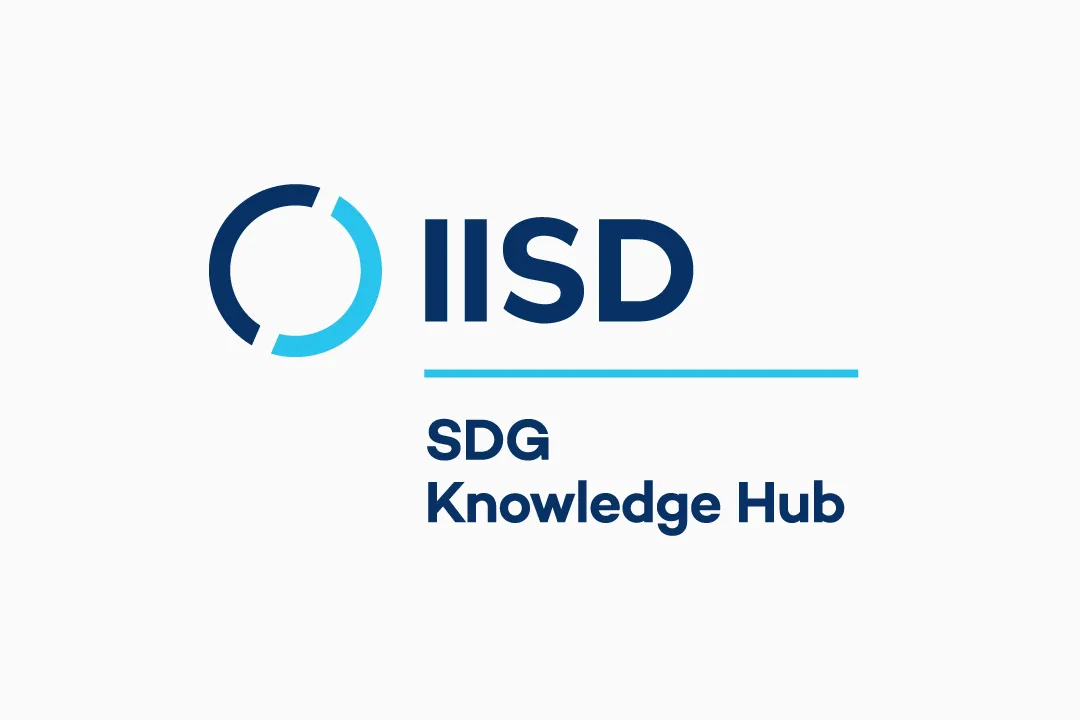![]() 14 March 2015: The Third UN World Conference on Disaster Risk Reduction (WCDRR) is meeting in Sendai, Japan, from 14–18 March 2015, to review implementation of the Hyogo Framework for Action (HFA), discuss international cooperation on disaster risk reduction (DRR) and adopt a political declaration and a post-2015 DRR framework, which will guide disaster risk management (DRM) efforts for the next ten to 15 years, depending on the timeframe adopted by the Conference.
14 March 2015: The Third UN World Conference on Disaster Risk Reduction (WCDRR) is meeting in Sendai, Japan, from 14–18 March 2015, to review implementation of the Hyogo Framework for Action (HFA), discuss international cooperation on disaster risk reduction (DRR) and adopt a political declaration and a post-2015 DRR framework, which will guide disaster risk management (DRM) efforts for the next ten to 15 years, depending on the timeframe adopted by the Conference.
The WCDRR meets every 10 years, with previous UN World Conferences on DRR taking place in Japan in Yokohama in 1994 and Kobe in 2005.
Approximately 20 Heads of State and 8,000 participants are attending the conference, including government representatives, civil society organizations, international organizations and business executives. During the opening ceremony, UN Secretary-General Ban Ki-moon stated that annual economic losses from disasters now exceed US$300 billion annually, stressed an ambitious WCDRR outcome would put the world on a path to a new sustainable development agenda in 2015, and expressed solidarity with the people of Vanuatu in the face of Cyclone Pam.
Stressing the need for actions to address DRR and climate change concurrently, French Foreign Minister Laurent Fabius, incoming president of the 21st session of the Conference of Parties (COP 21) to the UNFCCC, launched an appeal to assist the most vulnerable through a ‘Climate Disaster Warning’ mechanism. Prime Minister of Japan Shinzō Abe emphasized the concept of “building back better” and pledged US$4 billion to support implementation of the ‘Sendai Cooperation Initiative for Disaster Risk Reduction’ over the next four years.
The Conference is convening five ministerial roundtables on: governing disaster risk; international cooperation in support of a post-2015 DRR framework; reducing disaster risk in urban settings; post-disaster reconstruction; and public investment DRR strategies. Three high-level multi-stakeholder partnership dialogues are taking place on: mobilizing women’s leadership in DRR; risk-sensitive investment and public-private partnerships; and inclusive DRM.
Prior to the Sendai meeting, the WCDRR Preparatory Committee met three times to agree on the agenda and proposed rules of procedure, and to develop the Conference work programme and a draft post-2015 DRR framework. The Committee also met on 13 March in Sendai. On 14 March, delegates agreed to form a Main Committee to negotiate and finalize the draft post-2015 framework on DRR.
In advance of the Conference, the UN Office for Disaster Risk Reduction (UNISDR) stated in a press release that climate-related disasters now dominate DRM, with UNISDR Head Margareta Wahlström explaining that while 70% of deaths are caused by earthquakes, climate-related disasters now account for over 80% of all disaster events and contribute to economic losses and population displacement triggered by such events.
In addition, the UNISDR prepared the 2015 Global Assessment Report on DRR (GAR15) launched in advance of the conference by UN Secretary-General Ban, which estimates that US$6 billion must be invested annually in DRM to avoid US$360 billion in losses over the next 15 years.
Another report, the Disaster Risk and Age Index, published by HelpAge International in advance of the Conference, ranks 190 countries on the disaster risk faced by older people. Speaking about the index, Wahlström stated that development planning, including DRM planning, must take into account the vulnerabilities and capacities of older populations. Both UNISDR and HelpAge International are urging governments to commit to a 14-point declaration pledging to include older people in DRR efforts. Special consideration for the vulnerabilities and capacities of older persons in DRM is expected to be included in the post-2015 DRR framework. Experts are also calling for a gender inclusive DRR framework.
The UN Environment Programme (UNEP) has also published a discussion paper on ‘Promoting ecosystems for DRR and climate change adaptation: Opportunities for integration,’ which aims to highlight the differences and similarities between ecosystem-based approaches to adaptation and DRR. The paper identifies areas for integrating DRR and adaptation in project design and implementation, including: risk and vulnerability assessments; methods, approaches and tools for project implementation; monitoring and evaluation; and policy and institutional engagements.
The World Bank Group and the Global Facility for Disaster Reduction and Recover (GFDRR) are also contributing to WCDRR sessions and releasing several publications, including: an infographic report ‘Investing in Resilience; a policy note that builds the business case for DRM; an updated ‘Disaster Recovery Framework Guide’; four reports on specific DRM topics, produced in partnership with UNISDR; two reports on community-driven development; and a set of GFDRR Stories of Impact.[WCDRR Website] [IISD RS Coverage of the WCDRR] [WCDRR Press Release-Ban Statement] [WCDRR Press Release-Japan Announcement] [UNISDR Press Release on Disaster Risk and Age Index] [HelpAge International Press Release on Disaster Risk and Age Index] [UNISDR Press Release on GAR15] [Publication: Promoting Ecosystems for DRR and Climate Change Adaptation: Opportunities for Integration] [World Bank Press Release] [UNISDR Press Release on New ISO Standard] [UNISDR Press Release on Gender and DRR] [UNISDR Press Release on Japan Tsumani] [UN Press Release on the WCDRR] [UN Press Release on Importance of Lessons from Japan Tsunami for DRR Agreement] [UNESCAP Press Release] [UN University Events in Sendai] [SIDS Side Event in Sendai] [IISD RS Story on GAR15]

